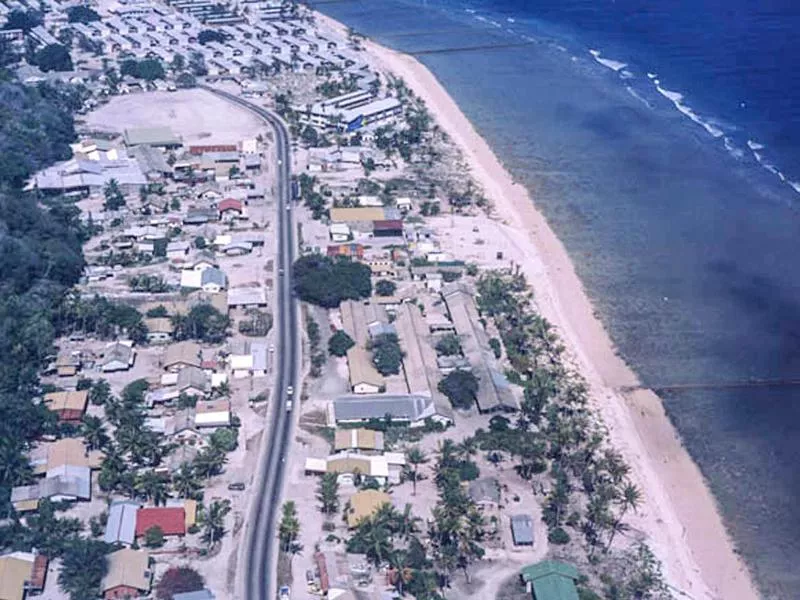If you’re American, you have it relatively easy when it comes to travel. According to Passport Index, the U.S. passport is the fifth strongest in the world. With a simple flash of your little blue book, you can enjoy visa-free entry into a staggering number of countries.
But this isn’t always the case.
There are still some countries that are tricky for Americans to visit, be it for political, practical, safety or seemingly bogus reasons. For many, the challenge is worth it, and you don’t necessarily need to erase hard-to-access destinations off your bucket list.
Just know that visiting these places will require some serious effort.
Russia

Russian army cadets walk across Red Square in front of St Bail's Cathedral. Getty Images
This country makes the list due to political tensions between Russia and the United States.
These days, if you want to visit Russia as a U.S. citizen, you must complete a lengthy application that contains dozens of questions and requires the submission of itineraries, a comprehensive travel history, your current and previous places of work, and a full list of all professional and charity organizations you have cooperated with. (Whew!)
And yet, in spite of this, American travelers haven’t been deterred. The country’s famous attractions, such as the Trans-Siberian Railway to the Kremlin, and iconic cities like St. Petersburg and Moscow, have contributed to a constant rise in tourism numbers.
Difficulty be damned.
Cuba

The streets of Havana at dusk Getty Images
Although the previous administration made a concerted effort to restore relations with Cuba, making it significantly easier to visit the popular island destination as an individual traveler, the present government has worked to undo many of these steps.
As such, what many predicted to be a flood of American tourists descending on Cuba has dried up to a trickle, and it’s still one of the more difficult countries for U.S. citizens to visit.
There are several hoops that interested Americans will need to jump through, including not spending money at businesses tied to the military, which many hotels, stores and other businesses are. You also must select one of 11 travel categories that makes you eligible for independent travel, including “family visits,” “religious activities” or “humanitarian projects.”
The easiest to select is “support for the Cuban people”; for this, you must meaningfully interact with the locals, and keep records of the trip to show the American government if asked.
Getting to know the people of Cuba is, happily, a wonderful way to spend your vacation anyway.
North Korea

Getty Images
Travel to North Korea has been possible for some time, although it’s a destination mired in controversy and complexity, particularly for American tourists. Political tensions, and reunions, between the current political administrations makes it a difficult trip to plan long in advance.
In July 2017, the Trump administration announced unusual plans to ban all Americans from traveling to North Korea. However, as tensions thaw between the two governments, it’s unclear what the future status will be.
Prior to the ban, Americans made up a reasonable percentage of the foreign visitors who entered the country, though even then the only way to do so was to contract with an official North Korean guide. With this requirement staunchly enforced by North Korean authorities, there’s virtually no option to explore the country independently.
India

City traffic in Kolkata Getty Images
India sits atop many Americans’ bucket lists, which is surprising given how tricky it can be to attain a visa to visit the country.
Americans wanting to travel to India must abide by relatively stringent visa conditions, including the submission of references and contact details for full-time employers. The submission and approval process can also take up to one month, meaning many last-minute travelers with intentions to visit India are forced to delay their trip.
These restrictions aren’t that harsh when you consider many travelers from other countries face similar constraints for every international journey. Still, it’s important to know that visiting this culturally rich country (which is well worth doing!) requires considerable advance planning and consideration.
Sudan
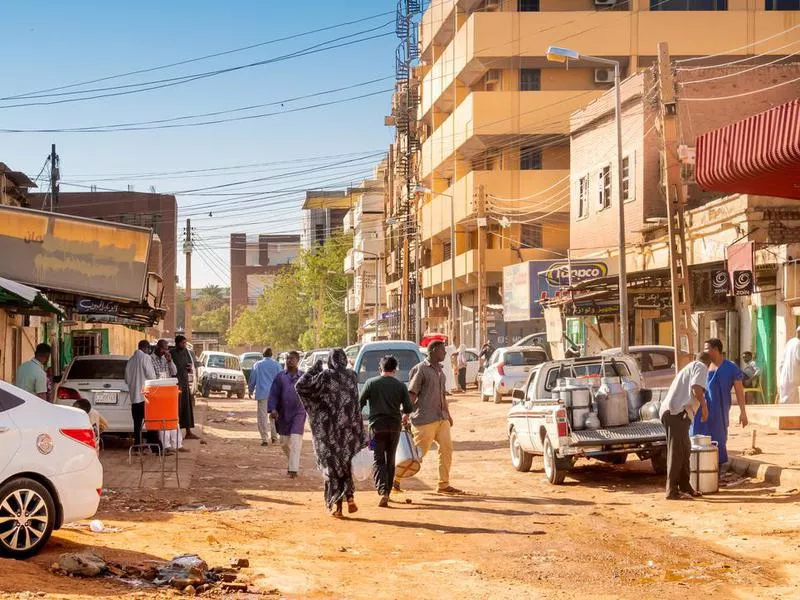
Khartoum, the capital of Sudan Getty Images
The U.S. State Department warns heavily against visiting Sudan, owing to the risk of terrorism, violent crime and armed conflict. There’s also very little assistance for American citizens outside of the capital of Khartoum.
That said, if all you intend to do is visit Khartoum, then you’re unlikely to experience too many bureaucratic headaches. Entrance into the country is usually granted on presentation of a valid passport with an entry visa obtained at Khartoum's Sudanese embassy. You must also register with the Ministry of Interior within three days of arriving.
But venture farther than 15 miles outside of the capital, and you may be detained by authorities. And when there’s this much risk of violence, it’s probably best to wait on a visit until tensions ease.
Nauru
Nauru ticks all the boxes for stringent visa conditions and difficult travel logistics. The tiny island in Micronesia, north east of Australia, requires American citizens to obtain a visa prior to departure. The application process requires sponsorship by a local resident, or proof of hotel bookings and other travel arrangements. There are also only a dozen Nauru consulates around the world, meaning submitting an application in person is likely to be difficult.
Still, the trickiest part about visiting Nauru comes after you get the visa regulations out of the way. Travelers from the United States will need to first fly to Australia, a grueling journey in itself, and then board one of just a handful of monthly flights to the tiny island country.
Quiet beaches and bragging rights await, so maybe — just maybe — it’s worth the pain?
Somalia
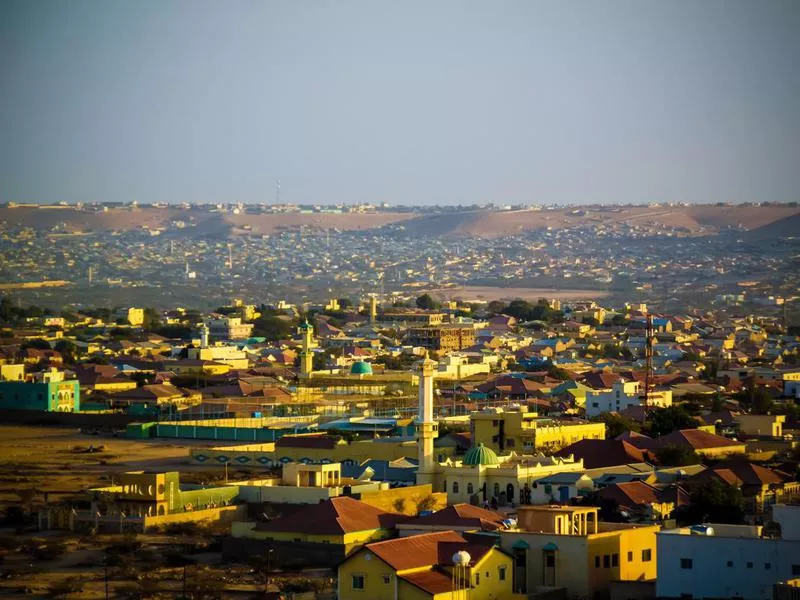
Hargeisa in Somaliland Getty Images
Somalia is not high up on many Americans’ lists of places to visit, but those who do wish to travel there will encounter several hurdles along the way.
According to reports, some sections of the country are willing to issue visas upon arrival, while others require an in-person visit to a Somali embassy. If you’re able to work out the bureaucratic difficulties, you’re still likely to face a trying trip.
The State Department warns heavily against American citizens traveling to the country, and local laws are said to be hostile towards foreign visitors. It’s not uncommon for international travelers to fall foul of local laws, and face immediate deportation or even lengthy prison sentences.
Angola
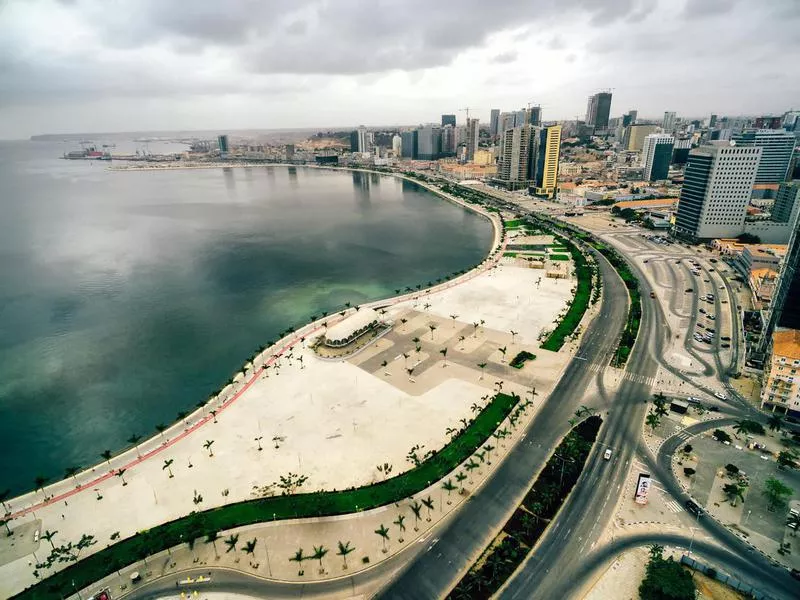
Getty Images
Picking up a tourist visa for Angola is notoriously difficult for American citizens. The application process, if successful, takes up to two months, and requires a Letter of Invitation from a local resident and a yellow fever vaccination certificate.
Even if you tick all the boxes on the visa application, there's a decent chance it'll be denied for unclear reasons. Assuming this isn’t the case, physically getting here is also particularly taxing for travelers from the United States, with only occasional flights from Europe, South America or Africa, almost all of which require lengthy layovers en-route.
The country touts a quality Portuguese food scene (it was once a Portuguese colony) and is home to a beautiful national park, Quicama, and some fascinating cultural attractions, like the National Museum of Slavery. So visiting has its rewards for more adventurous travelers.
Saudi Arabia
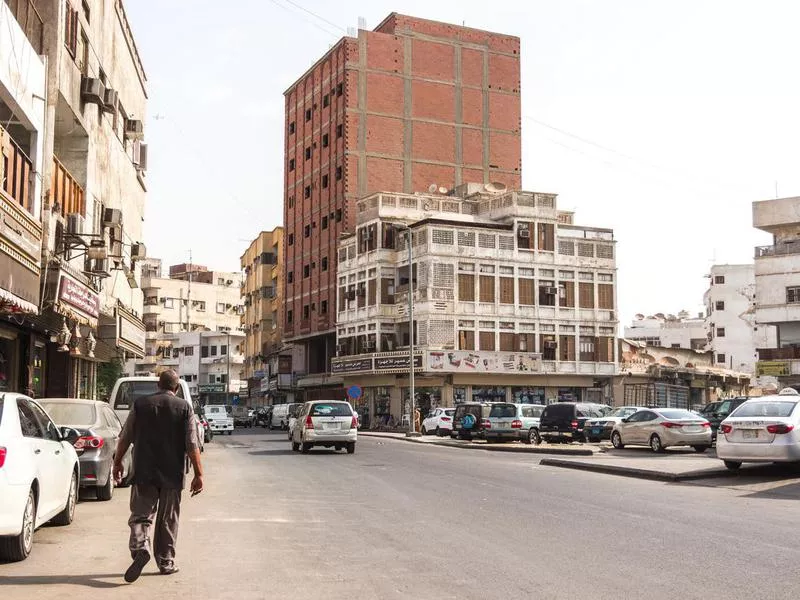
Getty Images
The oil-rich state of Saudi Arabia technically has a tourist visa application process, and the government has even made efforts to increase tourism to the country. Still, there’s risk of visa denials by the Saudi embassy, and the entry permit is notoriously difficult to obtain.
There are also safety and logistical concerns to consider. The State Department warns that attacks on American citizens by terrorist organizations are common, especially near the border with Yemen. Women are also not permitted to travel there unless they are met at the airport by a sponsor, husband or male relative, and if granted entry they must abide by Saudi Arabia’s conservative dress codes or risk falling foul of the authorities.
Turkmenistan
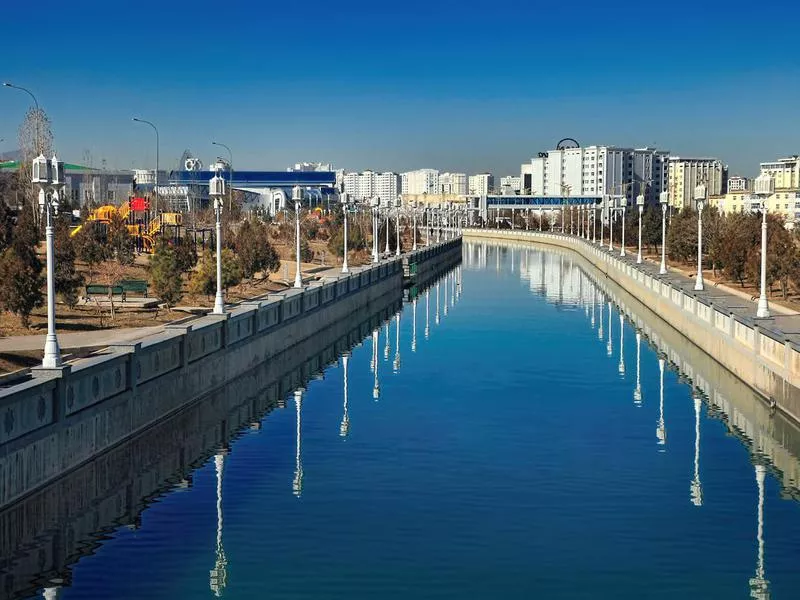
Getty Images
In order to visit the Central Asian country of Turkmenistan, U.S. citizens must obtain a visa and receive a letter of invitation certified by the government of Turkmenistan. Many visitors also provide proof of a daily itinerary and their hiring of a full-time local guide.
Even with these documents in hand, entry is granted sporadically and not guaranteed.
Given that many people visit the country as part of a longer journey through Central Asia, it is possible to obtain a transit visa. This allows visitors just three days to move through the country, and is usually a last resort for roadtrippers and bikers who were denied a visa but wish to make their way through the ‘Stans.
Those who do get a transit visa can check out spectacular natural sights like Yangykala Canyon and the underground lake Köw Ata.
Iraq
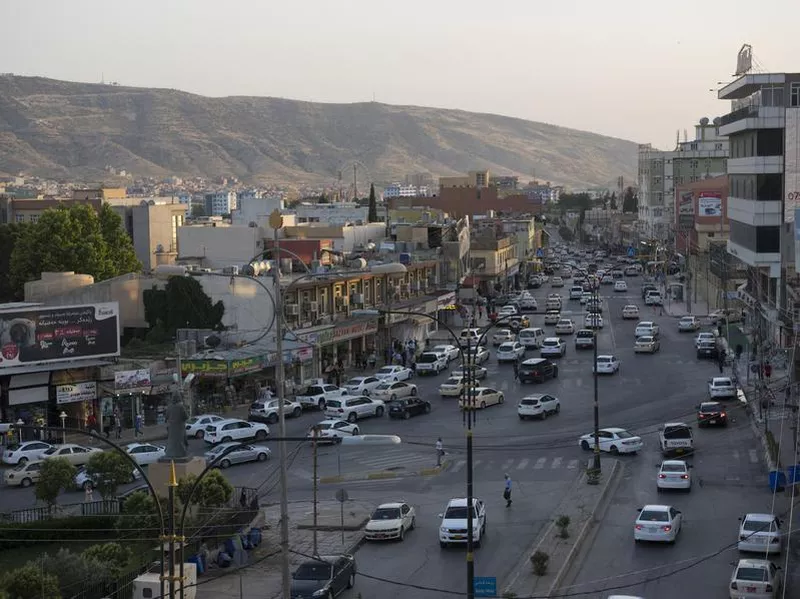
Dohuk, Iraq Getty Images
Although it is indeed possible to travel to Iraq as a United States citizen, the State Department warns strongly against it due to a risk of terrorism activity and kidnapping. If that’s not enough to dissuade you, then the logistical processes related to the visa application might.
All applications must go through the embassy in Washington, D.C., and citizens entering the country under certain circumstances may need to provide a medical certificate proving negative statuses for Hepatitis B and C and HIV.
Upon arrival in the country, foreigners also need to ensure they receive a residency stamp and arrival sticker, without which they will be denied the ability to travel.
Iran
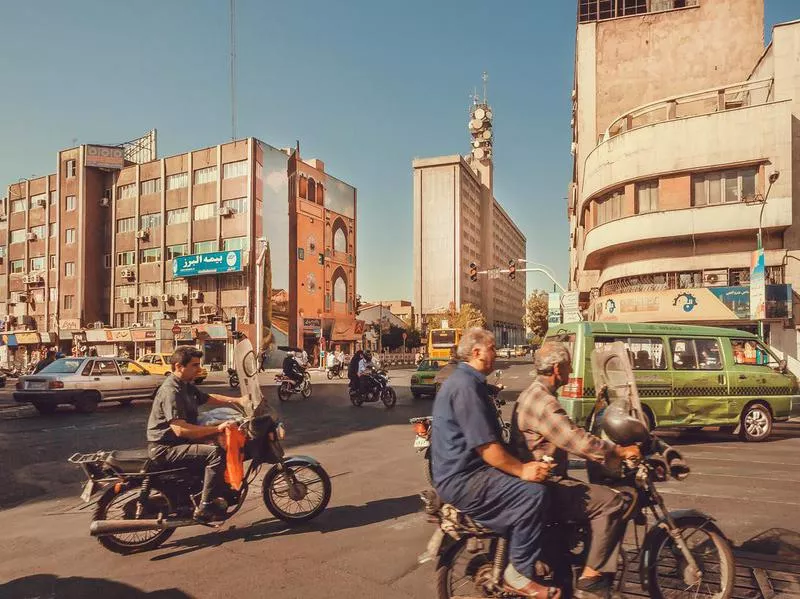
Tehran, Iran Getty Images
Iran is another destination that was traditionally difficult to get to, and into, so Americans mostly avoided it. But as more travelers have embraced the value of exploring the country's intoxicating beauty and complex history, tourism numbers have started to rise.
Although U.S. passports are now valid for travel to Iran, Americans must also obtain a visa (unless , somewhat randomly, they're going to Kish Island) and it's more difficult for them to do this than it is for those of many other nationalities. According to the State Department, most foreign tourists may obtain tourist visas on arrival in Tehran, but U.S. citizens are not eligible for these. They must instead apply ahead of time at the Embassy of Pakistan in Washington, D.C.
Furthermore, the State Department warns that “Iranian authorities continue to unjustly detain and imprison U.S. citizens.” At particular risk are Iranian-Americans, journalists and academics.
Bhutan
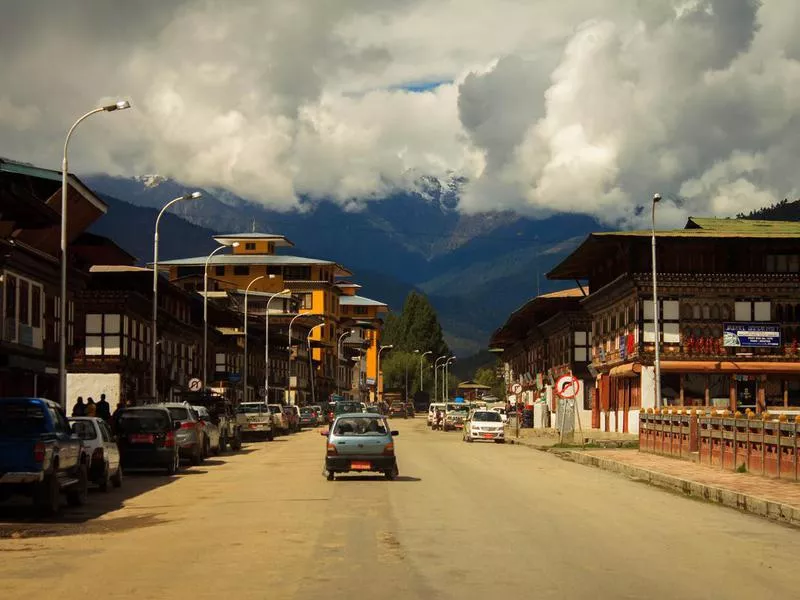
Getty Images
Bhutan has no embassy or consulate within the United States, which makes visiting there particularly difficult. In order to get around this complication, Bhutan does allow residents outside of Maldives, Bangladesh and India to arrange a trip through a local tour operator approved by the state. The tour operator will then handle all issues pertaining to the visa application process. Tourists must also meet the requirements of a minimum daily package that starts at $250 per day.
Although these measures seem somewhat draconian and result in a costly trip, they’re less to do with obstructing certain visitors and more about creating a high value, low impact form of tourism.
Those who’ve jumped through the loopholes in order to visit have returned with glowing reports of this elusive Buddhist kingdom, where spiritual monuments, rare wildlife and impressive nature await.
Eritrea

Asmara, Eritrea Getty Images
This northeast African country is so cut off that it’s earned the moniker the “North Korea of Africa.” This is one of the world’s most difficult tourist visas to obtain, and the obstacles don’t end there.
Foreign tourists are not permitted alone on most public transport, and need to confirm each destination outside of the capital with the Ministry of Tourism and Information.
Because of the bureaucratic processes associated with visiting, many consider Eritrea one of the most difficult places to visit. But determined travelers, many of whom contract an authorized tour guide to help them through the various processes, are richly rewarded with beautiful beaches, distinctive architecture, excellent (famously spicy) cuisine and the satisfaction of visiting one of the least traveled destinations on the planet.

